
Summary: Choosing the right reusable air filter can significantly impact your engine’s performance, protection, and reliability. BMC and K&N are two leading brands for washable cotton air filters, each promising better airflow and longevity over stock paper filters. However, subtle structural differences and engineering choices make BMC air filters stand out as the preferred option for enthusiasts seeking maximum performance with minimum risk. Independent tests and user experiences show that while both filters can improve airflow and add a few horsepower, BMC filters offer more consistent filtration quality (down to finer particles), superior build quality, and a reduced risk of oil contamination on MAF sensors. BMC’s factory oiling process and finely engineered cotton gauze mean you get high flow without the common MAF sensor issues sometimes attributed to over-oiled filters. In this cornerstone guide, we compare BMC vs K&N in detail—covering construction, airflow performance, filtration efficiency, and impact on the mass airflow (MAF) sensor. By the end, you’ll see why BMC is the best reusable air filter choice for drivers who demand both power and peace of mind.
Shop BMC air filters · Why BMC for MAF-safe performance · Cleaning & oiling guide
BMC vs K&N Air Filter Structural Differences
When comparing BMC air filters vs K&N, one of the first noticeable differences is in their construction and build quality. Both brands use an oiled cotton gauze media supported by a wire mesh and encased in a rubber frame, but the devil is in the details:
Filter Frame & Molding
BMC filters are renowned for their Full Moulding one-piece rubber frame construction. The rubber is molded in a single piece with no glued joints, resulting in excellent durability and a precise fit. This soft, pliable red rubber forms an effective seal against the airbox, preventing leaks of unfiltered air. In contrast, reports note that some K&N frames are molded in sections and may show uneven molding or excess flash from production. While such cosmetic issues don’t always affect function, they indicate differences in manufacturing precision. A consistently smooth, well-formed BMC frame often seals slightly better in the airbox, ensuring no dirty air bypasses the filter element.
 Figure: Structural design comparison: one-piece full-moulded frame (left) vs multi-piece frame (right).
Figure: Structural design comparison: one-piece full-moulded frame (left) vs multi-piece frame (right).Filter Media Design
Both BMC and K&N use multi-layer cotton gauze treated with oil to capture dust particles. However, BMC’s cotton gauze is typically finer and arranged in more layers (often 4 layers), with a larger overall surface area in the same filter size. Comparisons have noted that “visually, the BMC has a larger filtration surface area” than the equivalent K&N. BMC tends to maximize pleats and use every bit of frame space to pack media. K&N filters sometimes have fewer or shallower pleats—in one ISO-style test thread, an OEM paper element had 65 pleats vs. 29 on a K&N panel, illustrating how pleat count impacts area. BMC mitigates the typical “flow vs. filtration area” trade-off by maximizing usable media area.
Cotton & Mesh Quality
BMC uses a low-viscosity oil and fine cotton gauze held by an epoxy-coated mesh; the epoxy helps resist corrosion from humidity and fuel vapors. Enthusiast comparisons often observe BMC’s oil is more uniformly wicked into the gauze at the rubber interface, with fewer dry or overly soaked patches—i.e., more consistent factory oil application. Side-by-side, many enthusiasts comment that BMC filters appear better built and finished, with precise edges and consistent coloration across the media.
Brand Origin & Usage
BMC is made in Italy with roots in MotoGP and Formula 1; K&N is US-based and iconic in off-road and muscle scenes. Both see motorsport usage, but BMC’s one-piece molding and fine media reflect a design philosophy focused on precision and repeatability. In some marque communities (e.g., Porsche, Audi), BMC is frequently the recommended drop-in upgrade for high-value engines.
Airflow & Performance Comparison
Airflow (CFM) & Pressure Drop
Manufacturer literature indicates BMC filters exhibit very low restriction—often less than half the pressure drop vs. OEM paper in standardized testing. K&N also advertises high flow. Independent measurements on some platforms show modest differences vs. new paper (e.g., ~7% lower restriction in one example), while platform-to-platform variance is expected. In practice, both flow more than enough air for most builds; BMC’s larger effective area and consistent sealing can yield a slight real-world edge.

Dyno-Proven Horsepower Gains
Replacing a clogged paper filter with a clean high-flow cotton filter can free single-digit horsepower and sharpen throttle response. Examples from enthusiast dyno threads: on a tuned BMW 335i, +4–10 whp range was observed depending on cooling airflow and filter; a Lamborghini Gallardo back-to-back test reportedly showed ~+11 hp for BMC vs ~+7 hp for K&N. These are platform-specific and conditions-dependent, but consistently show both brands can add a few hp, with BMC sometimes edging K&N in like-for-like swaps.
Throttle Response & Sound
Expect a crisper tip-in and a touch more induction sound with either brand. Some community comparisons report BMC slightly louder than K&N on certain intakes, and notably more audible vs. stock—intake geometry and resonance play big roles here.
Consistency Over Time
As filters load with dust, flow and efficiency shift. High-flow cotton can initially beat paper on restriction, then degrade more quickly if media area is limited. BMC’s deep pleats and larger effective area support lower restriction for longer intervals, maintaining performance until service—one reason many tuners prefer BMC for sustained results.
Filtration Quality & Efficiency
Particle Filtration Ratings
BMC’s multi-layer cotton gauze is engineered to trap very fine particles; literature cites containment down to ~7 microns. OEM paper is typically cited around ~10 microns. Independent ISO-style tests in enthusiast communities often report BMC ~97.5–98.5% efficiency overall (coarse dust), approaching OEM levels; K&N results vary by test and dust grade, with some threads citing lower initial efficiency on ultra-fine dust until a “dust cake” forms. Net: BMC aims for near-OEM filtration from new, without waiting for loading to improve capture.

Independent Test Data & Dirt-Holding
ISO 5011 style lab tests shared by users show that brand-new K&N elements can pass more ultra-fine dust than paper early on, converging after loading. BMC’s data clusters near OEM overall efficiency, suggesting fewer trade-offs between flow and protection. Given BMC’s greater effective media area and consistent oiling, dirt-holding capacity and restriction stability between services are strong suits.
MAF Sensor Safety – Oiling & Sensor Protection
Oiled cotton filters get blamed for MAF failures—usually when a filter is over-oiled during servicing. Properly serviced, both brands can be sensor-safe. BMC’s advantage is consistency: uniform factory oiling, a finer multi-layer gauze, and even wicking within the media. This yields a wider margin between “correct” and “too much” oil in real-world use.


MAF-Safe checklist:
- Install new BMC performance air filter as shipped—do not add oil.
- When servicing, use a brand-matched oil kit; apply lightly along pleats, allow to wick ~20–30 minutes, wipe any excess.
- Optional preventative: periodic MAF cleaner on high-miles cars; ensure the airbox seal is perfect to prevent bypass dust.
Conclusion – Why BMC is the Best Reusable Air Filter
After examining structural design, airflow performance, filtration efficiency, and MAF safety, BMC air filters emerge as the best reusable air filter for drivers who refuse to compromise:
- Superior Build Quality: One-piece molded frame for a perfect seal; premium gauze/mesh; consistent finish.
- Equal or Better Performance Gains: Real-world dyno deltas are modest but meaningful; BMC often edges K&N in like-for-like tests while sustaining low restriction longer.
- Outstanding Filtration & Engine Protection: High-90s% efficiency from new; targets fine particle capture without waiting for dust-cake.
- MAF-Sensor-Safe by Design: Factory-oiled consistency + finer media = wider safety margin against over-oiling errors.
- Proven in Demanding Applications: Trusted in racing and exotics; drop-in reliability for modern street engines.
Yes, you’ll often pay a touch more for BMC—but for a component this vital, the build quality, filtration confidence, and MAF safety justify it. If you want power and peace of mind, BMC is the clear winner.
FAQ (Frequently Asked Questions)
Q1: Do performance air filters like BMC or K&N actually increase horsepower?
A: Yes—gains are modest but real (often single-digit horsepower) with improved throttle response. Examples in enthusiast dyno threads show ~+3 to +10 hp depending on platform and airflow simulation. BMC has occasionally edged K&N in back-to-back tests, likely due to effective media area and sealing.
Q2: Which filters better, BMC or K&N? Will a high-flow filter let more dirt into my engine?
A: BMC generally filters better from new (high-90s% efficiency; claims down to ~7 μm capture). K&N can start lower on ultra-fine dust until it loads. Both approach ~98–99% when a dust-cake forms, but BMC targets near-OEM filtration immediately—minimizing trade-offs.
Q3: Can an oiled cotton filter damage my MAF sensor?
A: Only if over-oiled. BMC’s uniform factory oiling and fine gauze help keep oil where it belongs—the media—offering a wider safety margin. Follow the brand’s oiling instructions and allow time to wick; avoid drips.
Q4: How often should I clean and re-oil a BMC or K&N filter?
A: Inspect around 10–15k miles; service when visibly dirty. Many street cars see 15–18k miles between services; dusty conditions shorten this. Let the element fully dry before applying a light, even oil coat. Err slightly under the spec rather than over; you can always add more.
Q5: Is a BMC filter worth the higher price compared to K&N?
A: For most enthusiasts, yes. The small premium buys better construction, near-OEM filtration, and lower MAF-risk. Over years of reuse, the cost difference is trivial.
Q6: Will using a BMC or K&N filter void my warranty?
A: Generally no. In the U.S., the Magnuson-Moss Warranty Act prevents blanket denials based on aftermarket parts unless the part caused a failure. Maintain your filter correctly and keep documentation.
Quick Comparison: BMC vs K&N (At a Glance)
| Attribute | BMC | K&N |
|---|---|---|
| Frame | One-piece full-moulded rubber; consistent seal | Multi-piece frame common; seal depends on unit |
| Media | Multi-layer, finer cotton gauze | Multi-layer cotton gauze, typically more open |
| Airflow vs Paper | < 50% of OEM pressure drop (typical claims) | Significantly lower than OEM |
| Filtration | High-90s% from new; fine particle capture | High overall; initial ultra-fine lower until loaded |
| MAF Safety | Wider safety margin; uniform factory oiling | Technique-dependent; over-oiling risk if user-serviced |
| Maintenance | Long intervals; light, even re-oil | Long intervals; avoid over-oiling |
| Price | Premium | Often lower |
Ready to upgrade? Explore our curated BMC performance air filter catalog, see our why BMC breakdown, and follow our filter cleaning & oiling instructions to keep your MAF happy and your engine breathing free.
Sources
- BMC official site – product tech & materials info.
- BMC Australia – filtration & pressure drop claims.
- K&N official site – oiled cotton technology & service info.
- E90post forum threads – ISO-style comparisons, pleat count, dyno deltas.
- Lamborghini-Talk comparison – back-to-back BMC vs K&N gains.
- VWVortex discussions – frame finish observations & fitment notes.
- Bimmerpost threads – oil wicking uniformity & build quality impressions.
- Planet-9 (Porsche) – shop recommendations for drop-in filters.
- TBSS Owners – GM service bulletin excerpts re: MAF contamination.
- SilveradoSierra – MAF fouling anecdotes tied to over-oiling.
- TDIClub – over-oiling risks and service technique discussions.
- Mercedes Club forum – dealership responses & MAF warranty anecdotes.
- Rennlist – application-specific fit/recall discussions.
- 600RR.net – surface area and pleat observations (motorcycle panels).
- Sneeky Tuned – BMC oil characteristics & mesh notes.
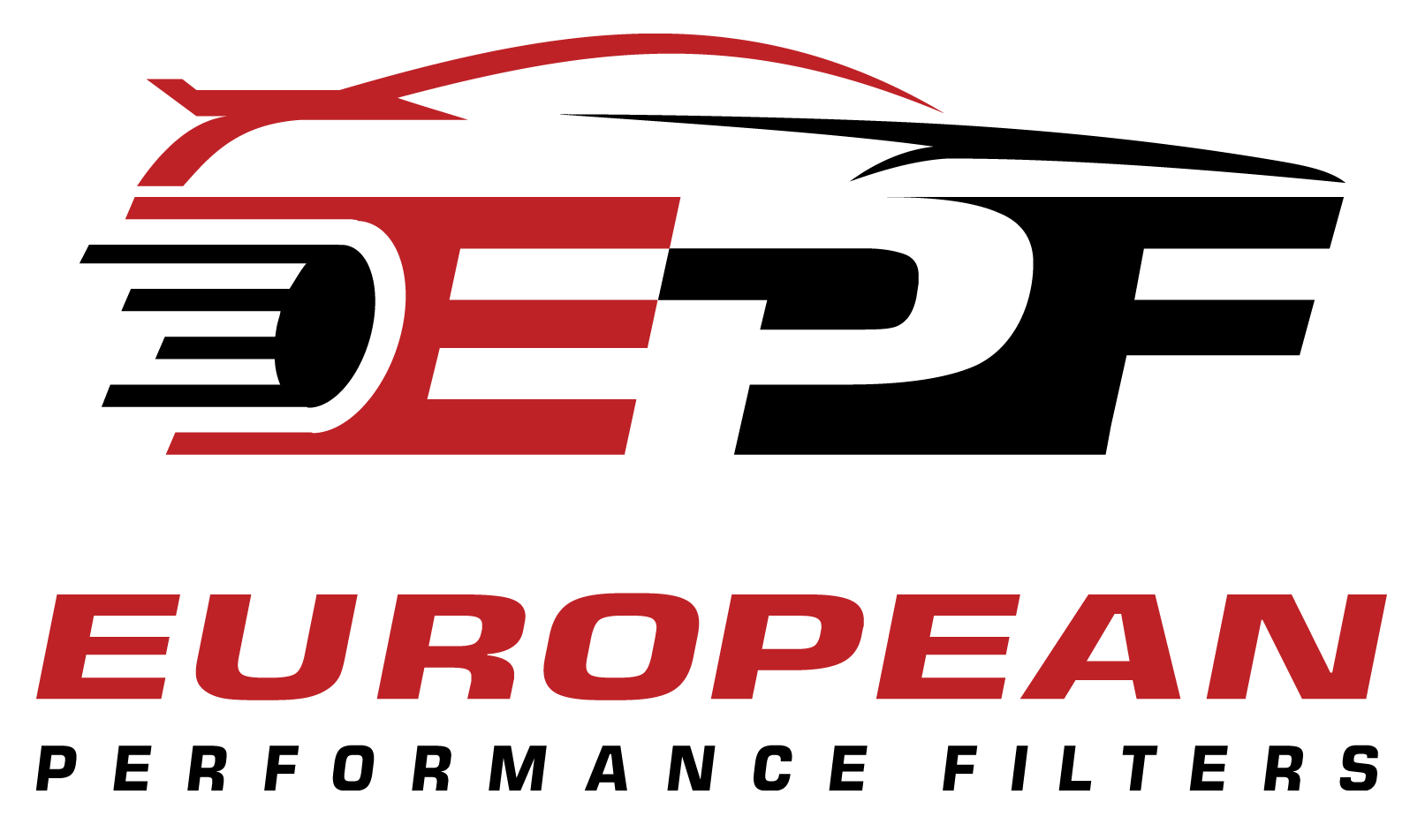
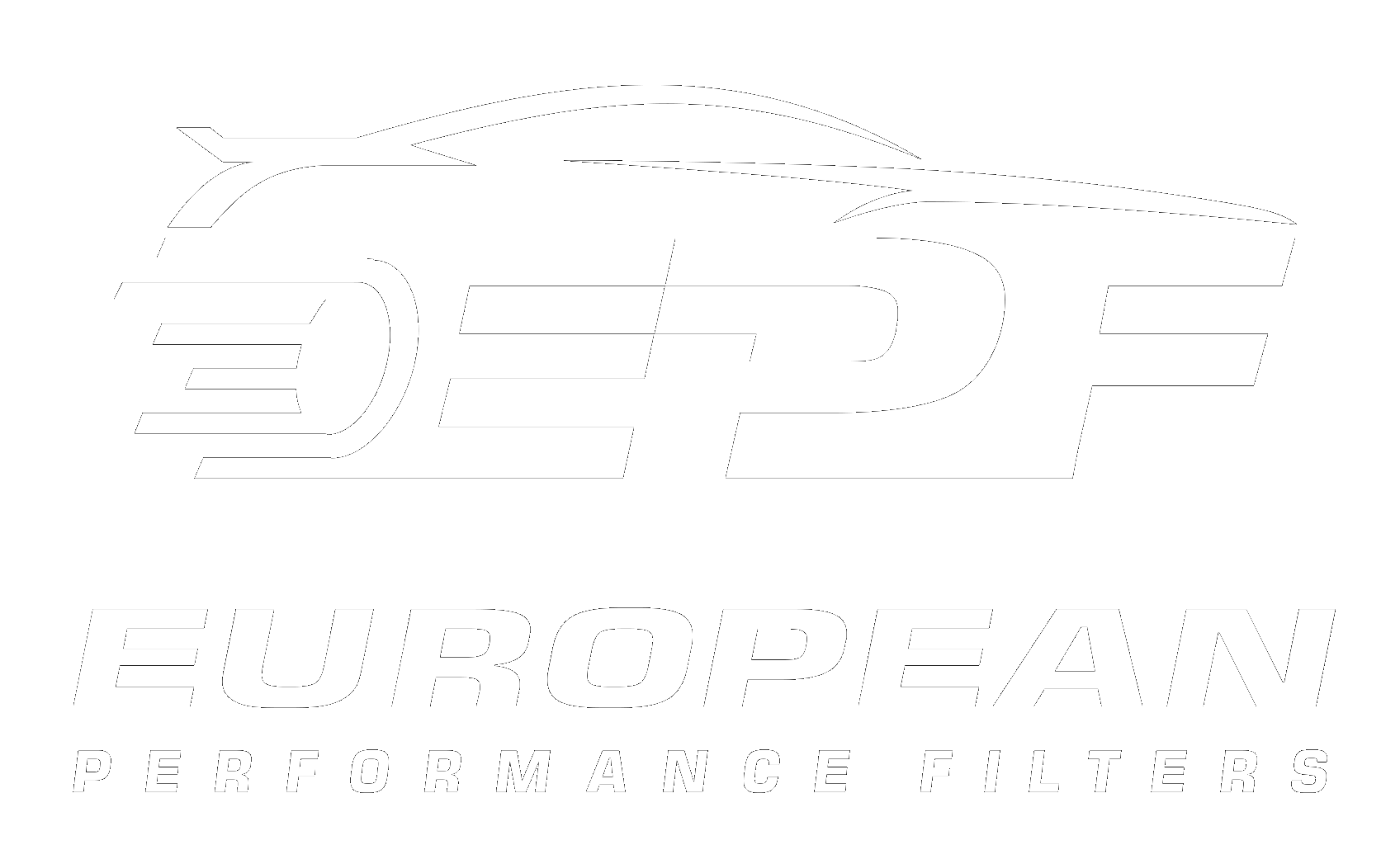
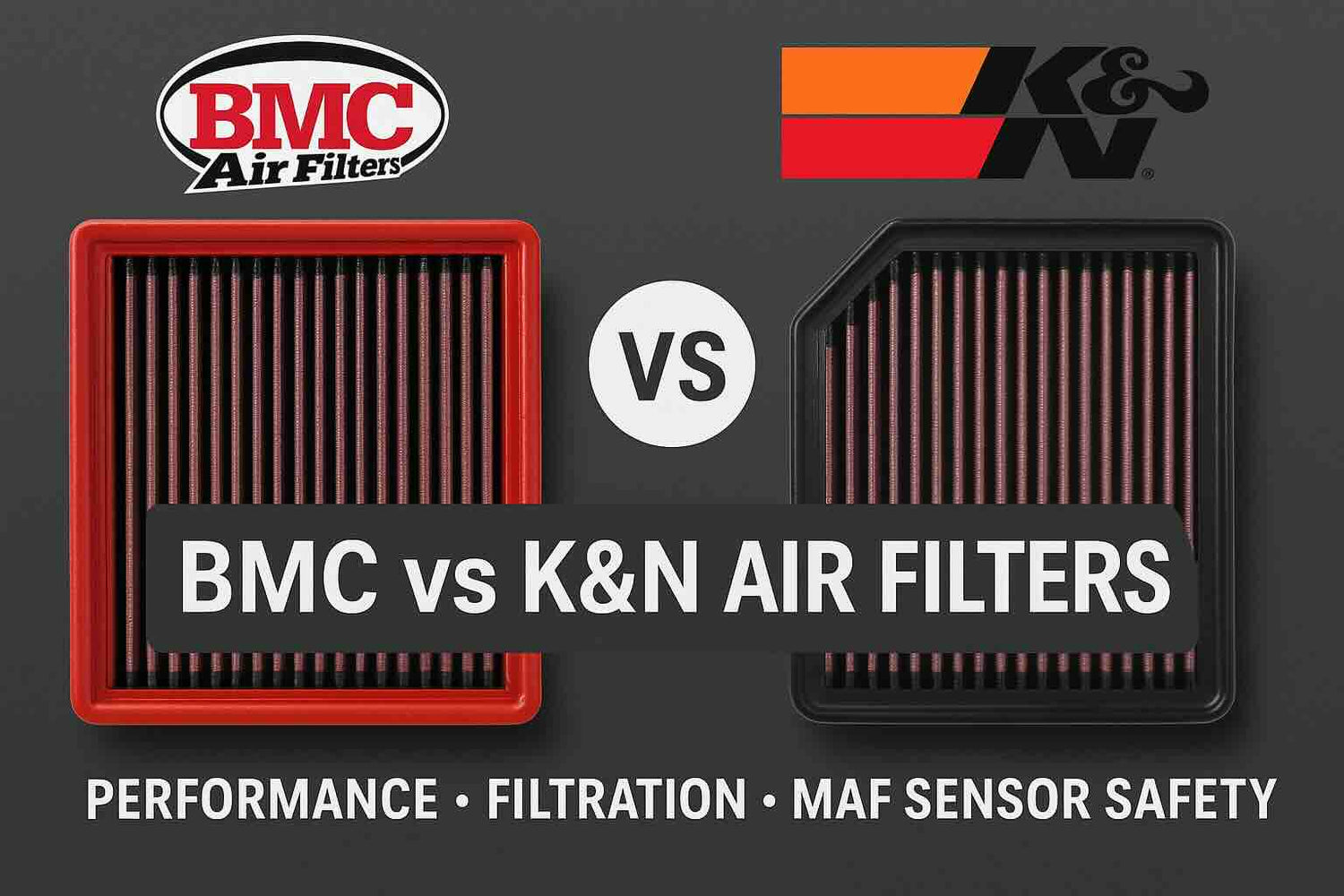
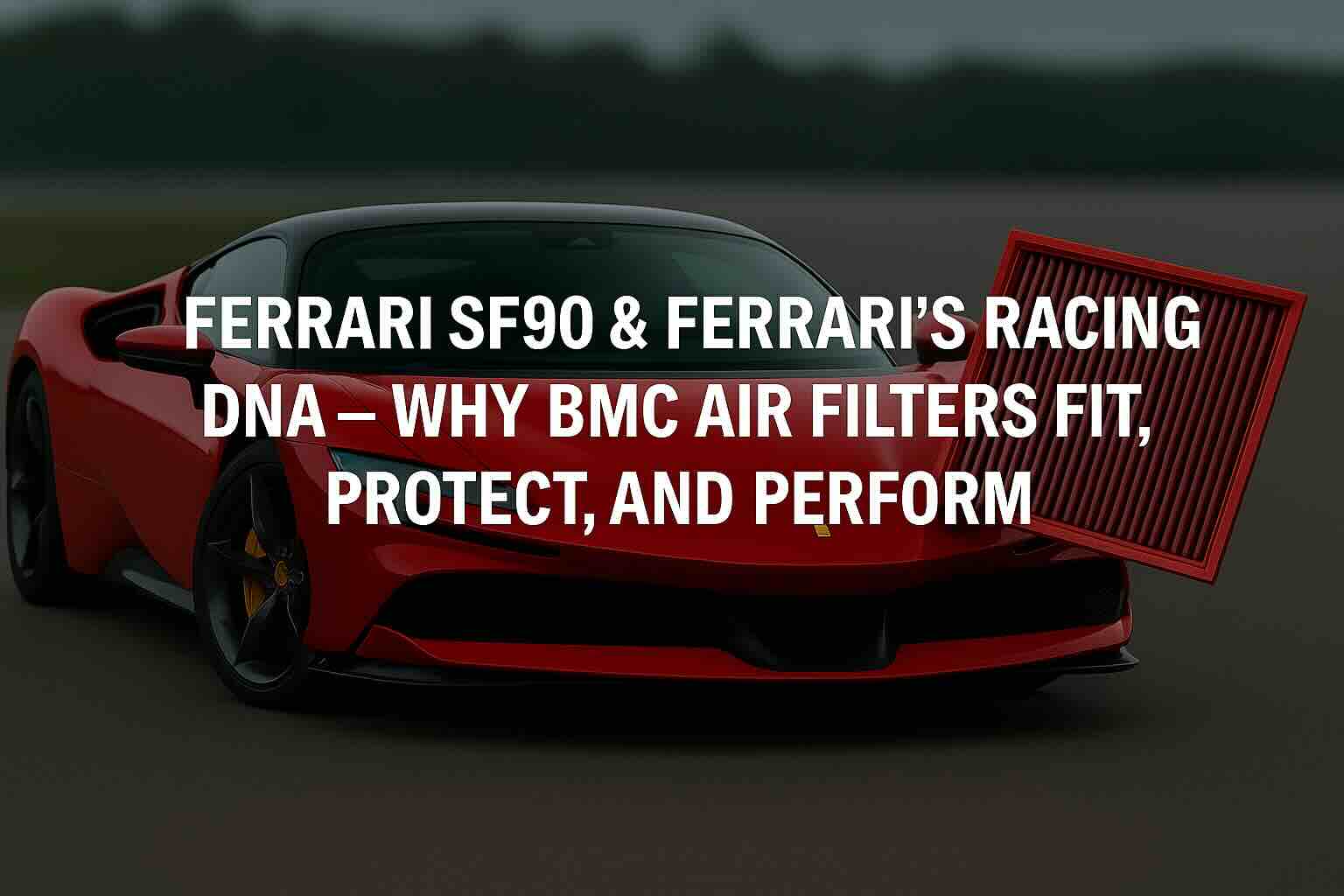
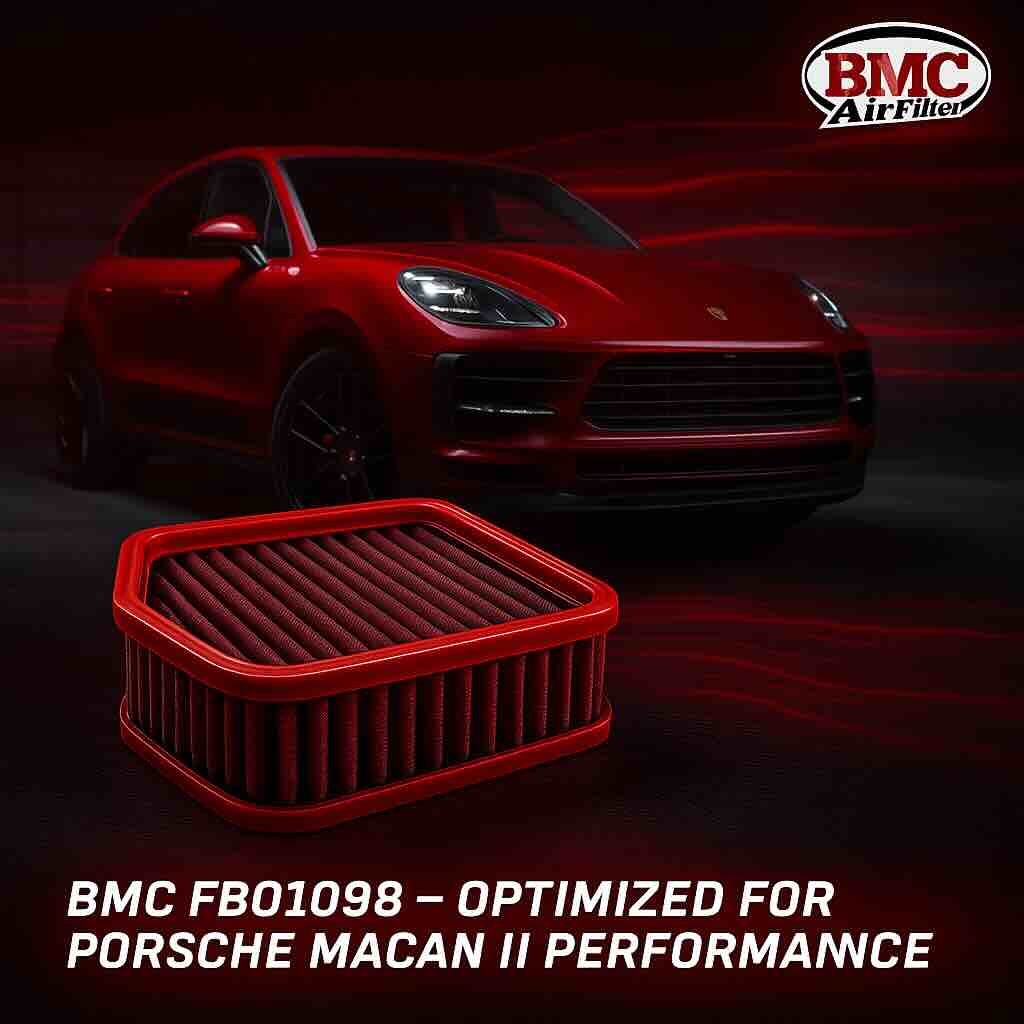
Leave a comment
This site is protected by hCaptcha and the hCaptcha Privacy Policy and Terms of Service apply.